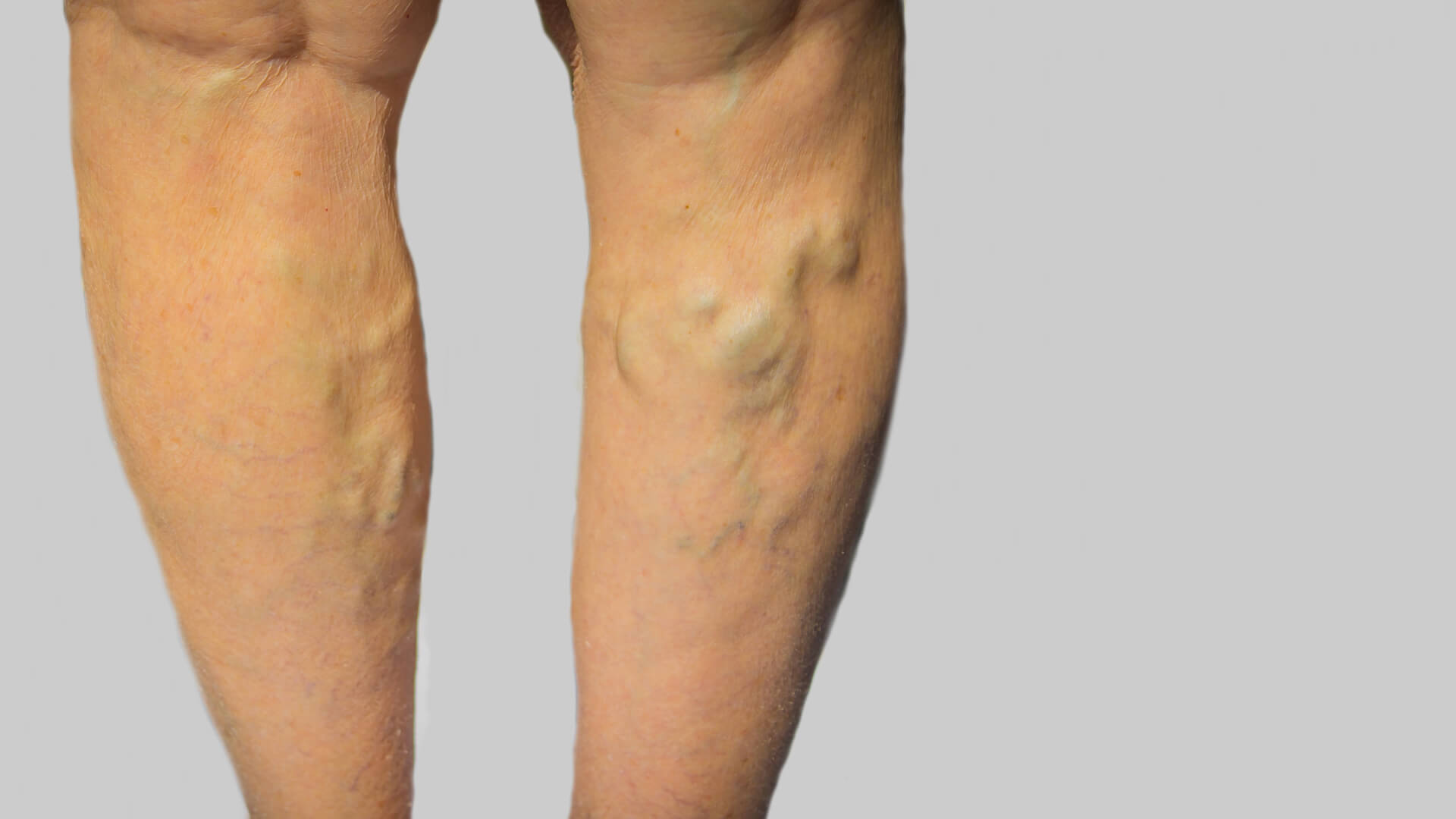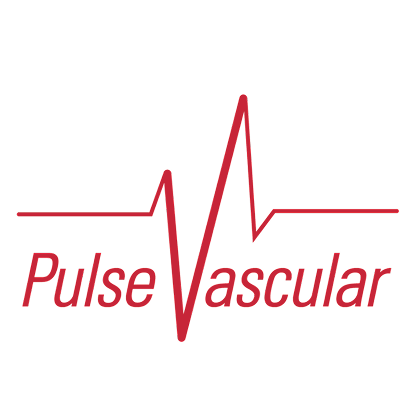
Veins are thin-walled structures inside of which a set of valves keeps blood in the body flowing in one direction. The heart pumps oxygen-rich blood to the body’s tissues through thicker-walled arteries; the veins return blood to the heart. Veins located close to the surface of the skin are called superficial veins and the veins found in the muscles of the arms and legs are called deep veins.
Damaged vein walls hinder the circulatory system , allowing blood to collect and flow in a retrograde (backward) fashion when the muscles relax. This creates an unusually high pressure buildup in the veins. This buildup causes further stretching and twisting of the veins, increased swelling, more valve incompetence, sluggish blood flow and potential blood clot formation. Eventually, this condition can lead to various disorders known as venous disease.
What is Venous Disease?
Chronic venous insufficiency (CVI) is a condition that occurs when the venous wall and/or valves in the leg veins are not working effectively, making it difficult for blood to return to the heart from the legs. CVI causes blood to “pool” or collect in these veins, and this pooling is called stasis.
What causes Venous Disease?
Venous leg pain may be caused by either superficial venous insufficiency due to a dysfunction in the superficial vein valves that are designed to prevent blood flowing backwards away from the heart or Deep Vein Disease which occurs in pelvis due to increased pressure on the pelvic veins (iliac veins) causing an obstructive phenomenon preventing or slowing blood flow out of the legs.
Symptoms of Venous Disease
- Redness of the skin
- Edema of the legs (swelling)
- Pain in the leg
- Varicose veins
- Venous Stasis Ulcers
- Discoloration of skin in ankles and/or legs
